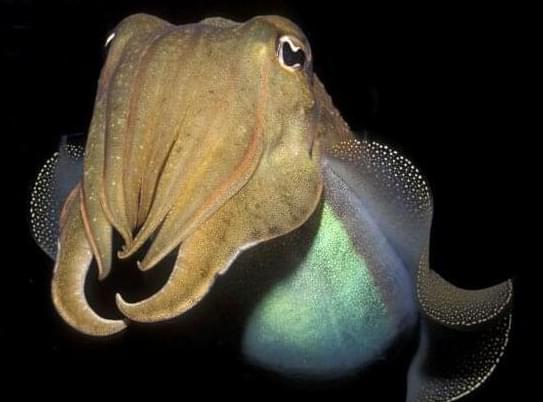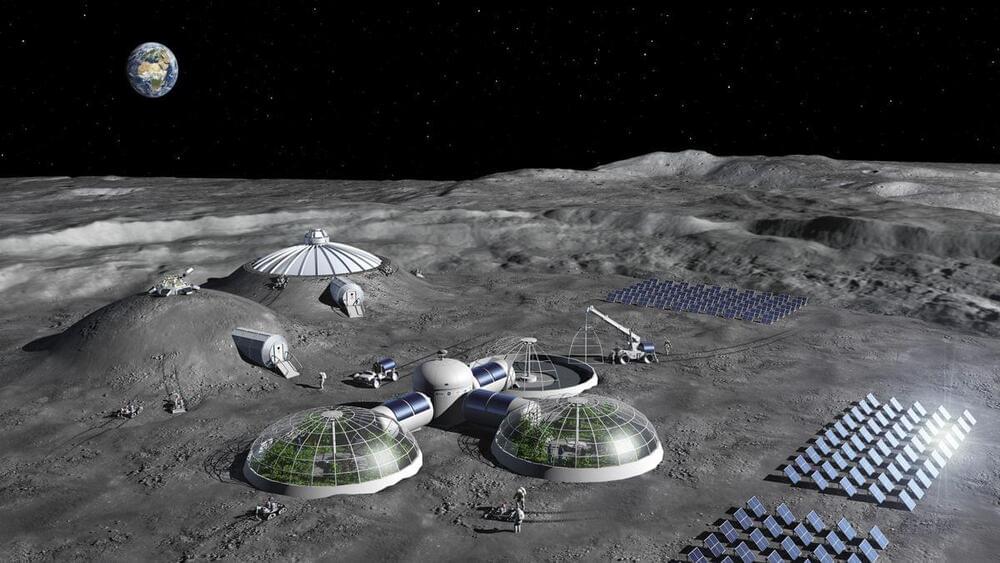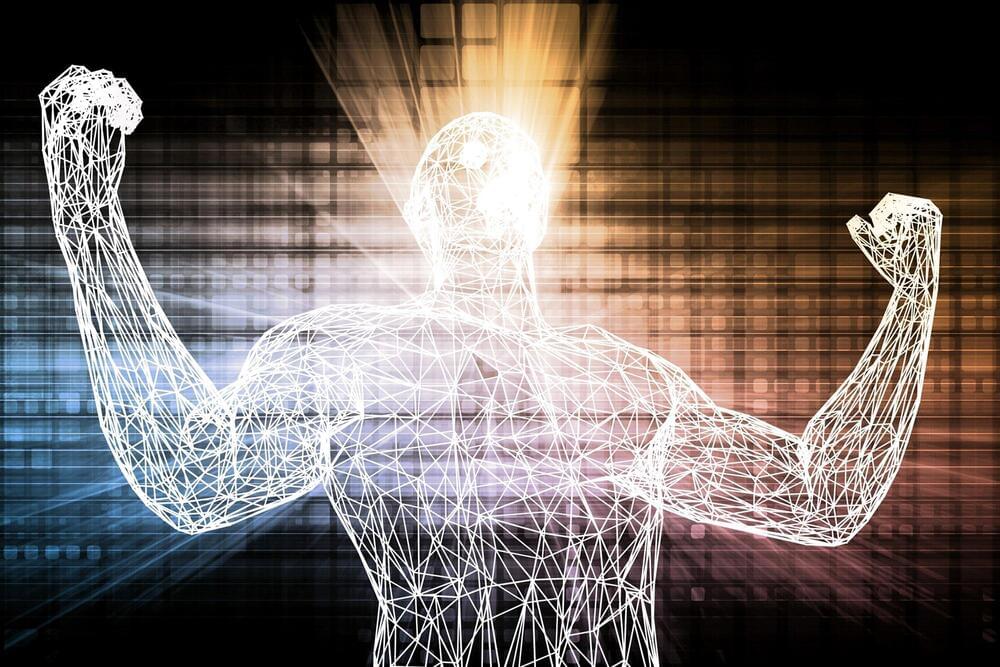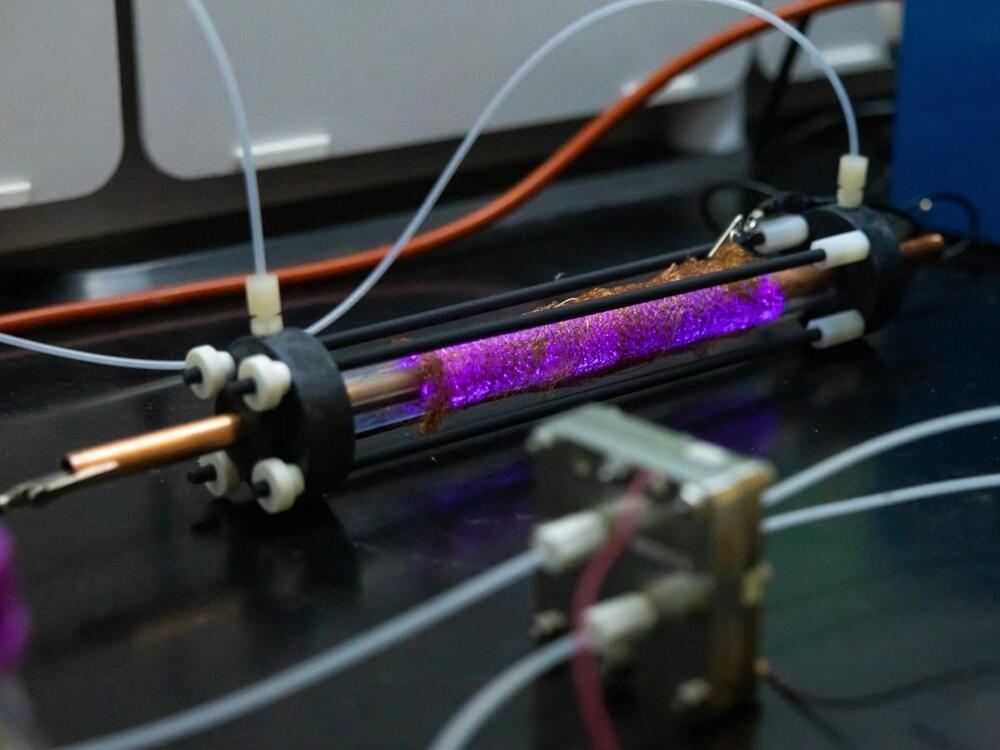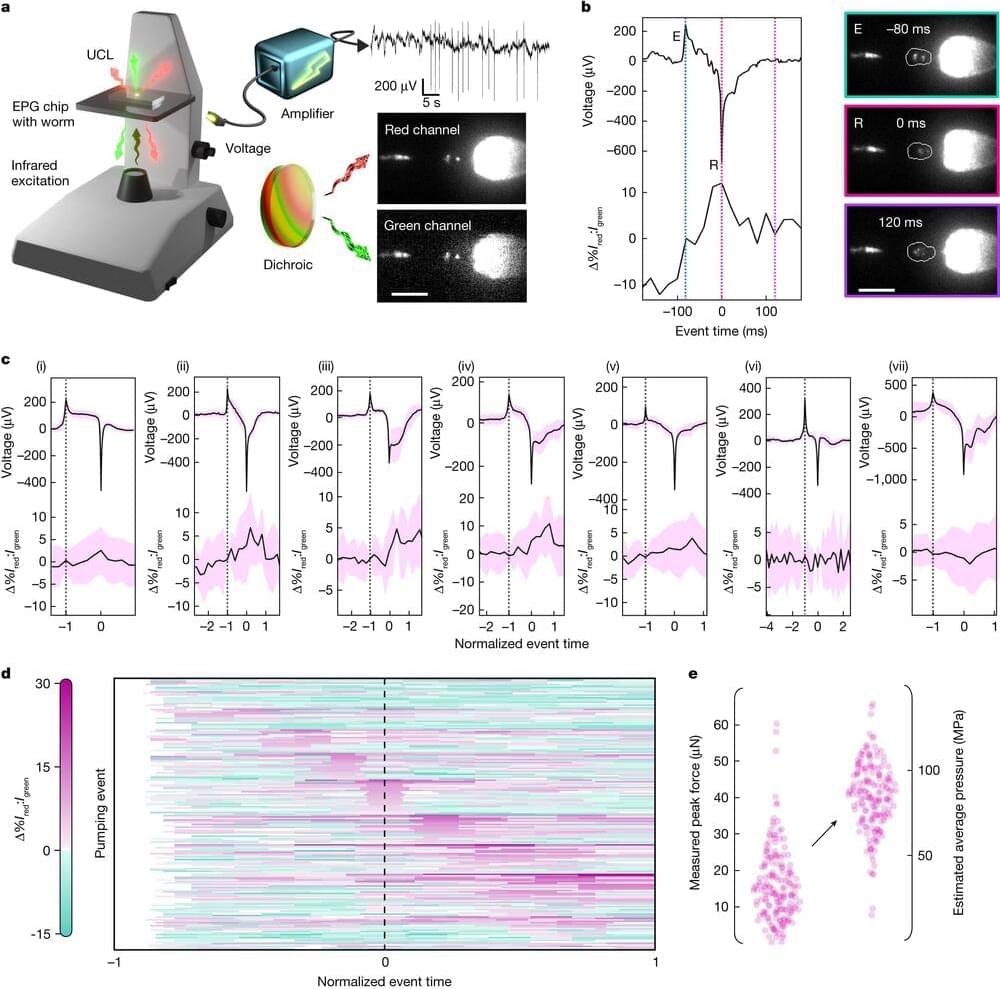Are you curious to learn more about the most diverse organisms on Earth? When it comes to fungi, there are three things you need to remember: they’re big and incredibly old, and some of them can turn ants into zombies!
To say that they’re the most popular kingdom on the planet would be an understatement. There are an estimated 3.8 million fungi all over the world, and yet, over 90% of them are currently unknown to science.
Moreover, you might be shocked to learn that the mushroom kingdom can be quite animalistic. After all, they breathe like us, and some of them even eat flesh. But there’s so much more to know, so let’s dive together into the complex world of fungi!


